Points clés
-
Le type de chocolat que vous choisissez impacte significativement la saveur, la texture et la richesse de vos brownies
-
Le chocolat noir (60-70 % de cacao) offre l'équilibre parfait entre saveur et douceur pour la plupart des recettes de brownies
-
Utiliser une combinaison de types de chocolat (poudre de cacao + chocolat en tablette) crée le profil de saveur le plus complexe
-
La qualité compte - choisissez un chocolat avec des ingrédients simples et du vrai beurre de cacao pour des résultats supérieurs
-
Différents styles de brownies (fondants, moelleux, chewy) bénéficient de différents types et combinaisons de chocolat
-
Découvrez la collection de chocolat premium de Zucchero Canada pour tous vos besoins en matière de cuisson de brownies
Pourquoi le choix du chocolat est important pour des brownies parfaits
Lorsqu'il s'agit de cuire le lot parfait de brownies, le chocolat que vous choisissez joue un rôle crucial dans le résultat final. Tout comme une excellente tasse de café dépend de grains de qualité, des brownies exceptionnels reposent sur un chocolat de qualité. Le bon chocolat pour brownies peut transformer un dessert simple en une gourmandise mémorable qui fait revenir amis et famille.
Les brownies occupent une place spéciale dans le monde des desserts. Ils sont à la fois simples et complexes, décontractés et sophistiqués, chaleureux et impressionnants. Cette polyvalence provient en grande partie du chocolat qui forme leur base. Que vous préfériez vos brownies riches et fondants ou légers et moelleux, comprendre quel chocolat utiliser vous aidera à obtenir votre brownie parfait.
Dans ce guide complet, nous explorerons les différents types de chocolat pour brownies, ce qui rend chacun unique, et comment choisir la meilleure option pour vos objectifs spécifiques de brownie. Nous partagerons également des conseils d'experts sur la combinaison des types de chocolat pour des saveurs plus complexes et la résolution des problèmes courants liés au chocolat dans les brownies.
Types de chocolat pour brownies
Chocolat Non Sucré
Le chocolat non sucré, parfois appelé chocolat à pâtisser, contient 100 % de solides de cacao sans sucre ajouté. Cela le rend intensément amer seul, mais lorsqu'il est combiné avec le sucre dans une recette de brownie, il crée une saveur de chocolat profonde et complexe que de nombreux boulangers professionnels préfèrent.
Idéal pour: Brownies classiques et riches en saveur où vous souhaitez un contrôle total sur la douceur. Le chocolat non sucré pour brownies fonctionne particulièrement bien dans les recettes avec un ratio élevé de sucre.
Profil de saveur: Saveur intense et pure de chocolat sans aucune douceur intrinsèque.
Conseils de cuisson: Lors de l'utilisation de chocolat non sucré, suivez précisément votre recette. La quantité de sucre est calibrée pour équilibrer l'amertume du chocolat, donc les ajustements peuvent affecter considérablement le goût final.
Chocolat noir
Le chocolat noir contient des solides de cacao, du beurre de cacao et du sucre, avec des pourcentages de cacao généralement compris entre 55 % et 85 %. Plus le pourcentage est élevé, plus la saveur du chocolat est intense et moins le chocolat est sucré.
Idéal pour: Presque toutes les recettes de brownies. Le chocolat noir pour brownies (surtout dans la plage 60-70 %) offre l'équilibre parfait entre intensité du chocolat et douceur qui fonctionne bien dans la plupart des recettes.
Profil de saveur: Saveur de chocolat riche et complexe avec des niveaux variables de douceur selon le pourcentage. Les pourcentages plus élevés (70 %+) donneront des brownies plus intenses et moins sucrés.
Conseils de cuisson: Lorsqu'une recette demande simplement du "chocolat noir", la plage de 60-70 % est généralement idéale. Pour des brownies plus riches et plus intenses, optez pour 70-85 %.
Chocolat Mi-Amer
Le chocolat mi-amer contient généralement environ 50-60 % de solides de cacao avec du sucre ajouté. C'est le chocolat standard utilisé dans de nombreuses recettes américaines de brownies et que vous trouverez dans la plupart des pépites de chocolat.
Idéal pour: Brownies classiques et appréciés de tous avec une douceur équilibrée. Le chocolat mi-amer pour brownies crée cette saveur familière et nostalgique que la plupart des gens associent à un bon brownie.
Profil de saveur: Saveur de chocolat bien équilibrée avec une douceur modérée.
Conseils de cuisson: Le chocolat mi-amer est polyvalent et indulgent dans les recettes. Il fonctionne bien à la fois fondu dans la pâte et en morceaux ou pépites incorporés.
Chocolat au lait
Avec une teneur en cacao plus faible (généralement 10-40 %) et l'ajout de solides de lait, le chocolat au lait est nettement plus sucré et plus crémeux que les variétés plus foncées.
Idéal pour: Brownies plus sucrés et moins intenses qui plaisent à ceux qui préfèrent une saveur de chocolat plus douce. Le chocolat au lait pour brownies fonctionne particulièrement bien lorsqu'il est combiné avec d'autres éléments comme les noix, le caramel ou le beurre de cacahuète.
Profil de saveur: Doux, crémeux et doux avec des notes lactées prononcées.
Conseils de cuisson: Si vous utilisez du chocolat au lait dans une recette conçue pour du chocolat noir ou mi-amer, envisagez de réduire légèrement le sucre pour tenir compte de la douceur plus élevée du chocolat au lait.
Chocolat blanc
Techniquement, ce n'est pas du chocolat au sens traditionnel (car il ne contient pas de solides de cacao), le chocolat blanc est composé de beurre de cacao, de sucre et de solides de lait.
Idéal pour: Brownies blonds ou création d'un contraste visuel saisissant lorsqu'il est mélangé avec du chocolat plus foncé. Le chocolat blanc pour brownies ajoute de la douceur et une saveur crémeuse et vanillée.
Profil de saveur: Doux, crémeux et à dominante vanille sans saveur de chocolat.
Conseils de cuisson: Le chocolat blanc brûle facilement, il faut donc le faire fondre doucement à feu doux. Il se marie parfaitement avec des ajouts acidulés comme les framboises ou les canneberges pour équilibrer sa douceur.
Poudre de cacao
Disponible en variétés naturelles (acides) et traitées à la Dutched (alcalinisées), la poudre de cacao est du chocolat dont la majeure partie du beurre de cacao a été retirée et broyée en une fine poudre.
Idéal pour: Créer une saveur intense de chocolat sans ajouter d'humidité ni de matière grasse. La poudre de cacao pour brownies est excellente pour obtenir cette croûte supérieure craquante que de nombreux amateurs de brownies apprécient.
Profil de saveur: Saveur de chocolat concentrée qui peut être assez intense, surtout avec la poudre de cacao naturelle.
Conseils de cuisson: Les poudres de cacao naturelles et traitées à la Dutched ne sont pas toujours interchangeables en raison de leurs différents niveaux d'acidité. Utilisez ce que votre recette spécifie, ou si ce n'est pas précisé, le cacao naturel fonctionne avec le bicarbonate de soude tandis que le cacao traité à la Dutched fonctionne avec la levure chimique.
Facteurs à considérer lors du choix du chocolat pour brownies
Pourcentage de cacao
Le pourcentage de cacao dans le chocolat indique la quantité totale de produits de cacao (solides de cacao et beurre de cacao) dans le chocolat. Ce pourcentage affecte directement l'intensité de la saveur, la douceur et le comportement du chocolat dans vos brownies.
-
Pourcentages plus élevés (70 %+): Saveur de chocolat plus intense, moins de douceur, notes potentiellement plus amères
-
Gamme moyenne (55-70 %): Saveur équilibrée avec une douceur modérée
-
Pourcentages plus bas (en dessous de 55 %): Saveur de chocolat plus douce avec une douceur plus prononcée
Pour la plupart des recettes de brownies, un chocolat dans la gamme 60-70 % offre l'équilibre idéal, fournissant une saveur riche en chocolat sans amertume excessive. Cependant, si vous préférez des brownies intensément chocolatés, n'hésitez pas à essayer les variétés 70-85 %.
Qualité et ingrédients
La qualité du chocolat pour brownies impacte significativement votre résultat final. Lors de l'examen des options de chocolat, considérez ces facteurs :
-
Liste des ingrédients: Le chocolat de haute qualité a une liste d'ingrédients courte et simple. Recherchez un chocolat où la masse/cacao et le beurre de cacao figurent parmi les premiers ingrédients.
-
Beurre de cacao véritable: Évitez les produits qui remplacent le beurre de cacao par des huiles végétales, car ils ne fondront pas, ne se mélangeront pas et n'auront pas le même goût.
-
Méthodes de transformation: Les chocolats bean-to-bar et d'origine unique offrent souvent des profils de saveurs plus complexes et intéressants qui peuvent sublimer vos brownies.
-
Additifs: Minimiser les additifs tels que les arômes artificiels, les conservateurs et les émulsifiants autres que la lécithine.
Bien que le chocolat premium pour brownies coûte plus cher, l'amélioration de la saveur vaut généralement l'investissement, surtout pour les occasions spéciales ou lorsque le chocolat est l'ingrédient principal.
Forme : Tablettes, Pépites ou Morceaux
Le chocolat se présente sous différentes formes, chacune ayant des avantages pour différentes applications de brownies :
Tablettes de chocolat:
-
Fondent plus doucement et uniformément que les pépites
-
Souvent de meilleure qualité avec une saveur supérieure
-
Idéal pour les recettes où le chocolat est fondu dans la pâte
-
Peuvent être hachés à n'importe quelle taille pour une texture variée
Pépites de chocolat:
-
Pratique et pré-mesuré
-
Conçus pour conserver leur forme pendant la cuisson
-
Contiennent des stabilisants qui peuvent affecter les propriétés de fusion
-
Parfait pour incorporer dans la pâte des brownies aux pépites de chocolat
Morceaux de chocolat:
-
Les morceaux plus gros créent des poches de chocolat fondu
-
Apparence et texture plus rustiques
-
Peut être fait en hachant grossièrement des tablettes
-
Créer un attrait visuel spectaculaire
Poudre de cacao:
-
Le plus facile à incorporer uniformément
-
Crée une saveur intense sans ajouter de sucre ou de matières grasses
-
Contribue au dessus craquant caractéristique des brownies
-
Fonctionne bien en combinaison avec d'autres formes de chocolat
De nombreux boulangers experts recommandent d'utiliser une combinaison de formes — par exemple, faire fondre une barre de haute qualité dans la pâte et incorporer des pépites ou des morceaux pour varier la texture.
Meilleures combinaisons de chocolat pour différents styles de brownies
Pour des brownies fondants ultimes
Les brownies fondants se caractérisent par leur texture dense et humide avec un intérieur presque truffé. Pour obtenir ce style :
Chocolat principal: Barre de chocolat noir 70 %, fondue avec du beurre Ajout secondaire: 2-3 cuillères à soupe de poudre de cacao traitée à la Dutched Boost optionnel: 1/4 tasse de pépites de chocolat mi-sucré incorporées
Cette combinaison crée une profondeur de saveur tout en maintenant le rapport élevé de matières grasses par rapport à la farine nécessaire pour une texture fondante. Le chocolat en barre fondu apporte du beurre de cacao qui aide à créer cette qualité dense et fondante.
Pour des brownies parfaits type gâteau
Les brownies type gâteau ont une texture plus légère et aérée, similaire à celle d'un gâteau au chocolat, mais avec le profil de saveur distinctif des brownies :
Chocolat principal: Poudre de cacao naturelle (2-3 cuillères à soupe) Ajout secondaire: 4 oz de chocolat mi-sucré, fondu Boost optionnel: 1/4 tasse de pépites de chocolat au lait incorporées
La proportion plus élevée de poudre de cacao fonctionne bien avec la levée supplémentaire généralement présente dans les recettes de brownies type gâteau. Le chocolat mi-sucré apporte de la richesse sans alourdir la texture.
Pour des brownies moelleux avec un dessus craquant
Le saint graal pour de nombreux amateurs de brownies : un intérieur moelleux avec ce dessus brillant et craquant tant recherché :
Chocolat principal: Combinaison de chocolat non sucré (2 oz) et de chocolat mi-sucré (2 oz), fondu Ajout secondaire: 2 cuillères à soupe de poudre de cacao naturel Boost optionnel: Pépites de chocolat saupoudrées sur le dessus avant la cuisson
Cette approche équilibrée crée l'environnement parfait pour la cristallisation du sucre en surface (créant le dessus craquant) tout en maintenant suffisamment d'humidité et de matière grasse pour un intérieur moelleux.
Pour des profils de saveur complexes
Pour des brownies avec une saveur sophistiquée et nuancée :
Chocolat principal: Combinaison de deux chocolats noirs à pourcentages différents (par ex., 55 % et 85 %) Ajout secondaire: 1-2 cuillères à soupe de poudre de cacao traitée à la hollandaise Boost optionnel: Poudre d'espresso (1 cuillère à café) pour renforcer les notes de chocolat
Cette approche crée un profil de saveur plus complexe avec des notes hautes et basses de chocolat. Le cacao traité à la hollandaise apporte de la douceur, tandis que la poudre d'espresso renforce la complexité du chocolat sans ajouter de saveur de café perceptible.
Conseils d'expert pour travailler le chocolat dans les brownies
Techniques de fonte
Une fonte correcte est cruciale lorsqu'on travaille le chocolat pour les brownies :
-
Méthode bain-marie: Placez le chocolat haché dans un bol résistant à la chaleur au-dessus d'eau frémissante (en veillant à ce que le bol ne touche pas l'eau). Remuez de temps en temps jusqu'à ce qu'il soit fondu.
-
Direct avec beurre: Faites fondre le beurre d'abord, puis retirez du feu et ajoutez le chocolat haché, en laissant la chaleur résiduelle faire fondre le chocolat pendant que vous remuez.
-
Méthode micro-ondes: Chauffez à 50 % de puissance par intervalles de 30 secondes, en remuant entre chaque intervalle jusqu'à ce que le chocolat soit presque fondu. Laissez la chaleur résiduelle finir le travail.
Quelle que soit la méthode, ne jamais dépasser 120°F (49°C) pour le chocolat noir ou 110°F (43°C) pour le chocolat au lait et blanc afin d'éviter de brûler ou de faire saisir.
Améliorer la saveur du chocolat
Pour maximiser l'impact du chocolat dans vos brownies :
-
Ajouter de la poudre d'espresso: Une cuillère à café de poudre d'espresso rehausse la saveur du chocolat sans ajouter de goût de café.
-
Inclure l'extrait de vanille: L'extrait de vanille de qualité complète et approfondit la saveur du chocolat.
-
Ajoutez une pincée de sel: Le sel intensifie la douceur et la perception du chocolat.
-
Envisagez le sucre brun: Remplacer une partie du sucre blanc par du sucre brun ajoute des notes de mélasse qui complètent le chocolat.
-
Faire éclore la poudre de cacao: Mélangez la poudre de cacao avec du beurre chaud ou de l'eau avant de l'ajouter à la pâte pour "épanouir" sa saveur.
Substituts de chocolat
Parfois, il faut faire avec ce que l'on a sous la main. Voici quelques substitutions utiles :
-
Pour 1 oz de chocolat non sucré: 3 cuillères à soupe de poudre de cacao plus 1 cuillère à soupe de beurre ou d'huile
-
Pour le chocolat mi-sucré: Quantité égale de chocolat noir amer, mais réduisez le sucre d'une cuillère à soupe par 2 oz de chocolat
-
Pour les pépites de chocolat dans la pâte: Barre de chocolat hachée de pourcentage similaire
-
Pour la poudre de cacao: 1 cuillère à soupe peut être remplacée par 1/2 oz de chocolat non sucré (réduisez la matière grasse de la recette de 1/2 cuillère à soupe)
Goûtez toujours votre pâte (si c'est sûr) et ajustez la douceur selon les besoins lors des substitutions.
Dépannage des problèmes courants liés au chocolat dans les brownies
Brownies trop amers
Causes possibles:
-
Pourcentage de chocolat trop élevé pour votre préférence gustative
-
Pas assez de sucre pour équilibrer le chocolat
-
Utilisation de poudre de cacao naturelle dans une recette calibrée pour du cacao traité à la Dutched
Solutions:
-
Passez à un chocolat avec un pourcentage plus faible pour les brownies (55-60 % au lieu de 70 %+)
-
Augmentez légèrement le sucre (1 à 2 cuillères à soupe)
-
Ajoutez une cuillère à soupe de pépites de chocolat à la pâte pour des poches de douceur
Brownies trop sucrés
Causes possibles:
-
Pourcentage de chocolat trop faible
-
La recette a un ratio sucre-chocolat trop élevé
-
Utilisation de chocolat au lait dans une recette conçue pour du chocolat plus noir
Solutions:
-
Utilisez un chocolat avec un pourcentage plus élevé (70 %+ au lieu de 55 %)
-
Réduisez le sucre de 10 à 15 %
-
Ajoutez 1 à 2 cuillères à soupe de poudre de cacao pour intensifier la saveur du chocolat sans ajouter de douceur
Saveur de chocolat pas assez prononcée
Causes possibles:
-
Chocolat de faible qualité avec des charges
-
Pas assez de chocolat par rapport à la quantité des autres ingrédients
-
Saveur du chocolat masquée par d'autres ingrédients
Solutions:
-
Utilisez un chocolat de meilleure qualité pour les brownies
-
Ajoutez 1 à 2 cuillères à soupe de poudre de cacao
-
Ajoutez 1/2 cuillère à café de poudre d'espresso
-
Assurez-vous que le chocolat est bien fondu pour répartir la saveur
Répartition inégale du chocolat
Causes possibles:
-
Chocolat mal fondu
-
Pépites de chocolat qui coulent au fond
-
Mélange incohérent
Solutions:
-
Hachez finement le chocolat avant de le faire fondre
-
Enrobez les pépites de chocolat dans 1 cuillère à café de farine avant de les incorporer
-
Ne pas trop mélanger après avoir ajouté la farine (cela peut faire couler les pépites)
-
Superposez la pâte avec des pépites/morceaux plutôt que de les mélanger
Questions fréquemment posées sur le chocolat pour brownies
Puis-je utiliser du chocolat de cuisson ou du chocolat composé pour les brownies ?
Bien que le chocolat de cuisson et le chocolat composé (qui contient des graisses végétales plutôt que du beurre de cacao) puissent dépanner, ils produisent généralement des résultats inférieurs. Le chocolat authentique pour brownies, contenant du vrai beurre de cacao, fond plus doucement et offre une meilleure saveur. La qualité est primordiale lorsque le chocolat est la saveur principale, comme c'est le cas dans les brownies.
Est-il préférable d'utiliser de la poudre de cacao ou des tablettes de chocolat dans les brownies ?
Les meilleurs brownies utilisent souvent les deux ! La poudre de cacao apporte une saveur intense et contribue à cette croûte craquante caractéristique, tandis que les tablettes de chocolat ajoutent richesse, humidité et profondeur de saveur. Si vous devez choisir un seul, les tablettes ou les pépites de haute qualité produisent généralement des brownies plus riches et plus moelleux, tandis que la poudre de cacao crée une saveur de chocolat plus intense avec moins de matières grasses.
Pourquoi mes pépites de chocolat disparaissent-elles dans mes brownies ?
Si vos pépites de chocolat semblent disparaître pendant la cuisson, vous utilisez peut-être des pépites avec un point de fusion plus bas ou votre pâte est trop chaude lorsque vous les ajoutez. Essayez d'utiliser des pépites de chocolat de meilleure qualité spécialement conçues pour la cuisson, refroidissez légèrement la pâte avant d'ajouter les pépites, ou incorporez-les dans les dernières secondes du mélange.
Quelle importance a vraiment la qualité du chocolat pour les brownies ?
Pour les brownies, où le chocolat est l'ingrédient principal, la qualité compte énormément. Un chocolat de meilleure qualité pour les brownies contient plus de beurre de cacao et moins d'additifs, ce qui améliore ses propriétés de fonte et offre une saveur plus complexe. Bien que le chocolat premium coûte plus cher, l'amélioration du goût en vaut généralement la peine, surtout pour les occasions spéciales.
Puis-je mélanger différents types de chocolat dans mes brownies ?
Absolument ! En fait, de nombreux pâtissiers professionnels recommandent de combiner différents types de chocolat pour des saveurs plus complexes. Pensez à utiliser du chocolat noir fondu dans la pâte, de la poudre de cacao pour l'intensité, et des morceaux de chocolat d'un pourcentage différent incorporés pour varier la texture. Cette approche crée des brownies avec une saveur de chocolat stratifiée et nuancée.
Conclusion : Trouver votre chocolat parfait pour les brownies
Le chocolat parfait pour les brownies dépend finalement de vos préférences personnelles et de l'expérience spécifique du brownie que vous souhaitez créer. Que vous préfériez des saveurs de chocolat intensément noir, modérément sucrées ou douces au lait, comprendre comment différents chocolats se comportent dans les brownies vous permet de créer votre version idéale de ce dessert apprécié.
Pour la plupart des pâtissiers amateurs, un bon chocolat noir à 60-70 % offre l'équilibre parfait entre une saveur riche et une douceur appropriée pour des brownies classiques. Cependant, n'hésitez pas à expérimenter avec différents pourcentages, combinaisons et formes pour découvrir votre perfection personnelle du brownie.
N'oubliez pas que si la technique est importante, la qualité et le type de chocolat que vous choisissez forment la base des brownies exceptionnels. Pour de meilleurs résultats, sélectionnez un chocolat avec des ingrédients simples, de haute qualité et du vrai beurre de cacao.
Prêt à cuire vos meilleurs brownies ? Découvrez La collection de chocolat premium de Zucchero Canada pour des barres de chocolat, des pépites et de la poudre de cacao de haute qualité parfaitement adaptés à la création de brownies exceptionnels. Leur sélection soignée offre la base idéale pour maîtriser l'art du brownie, que vous soyez débutant ou pâtissier expérimenté.

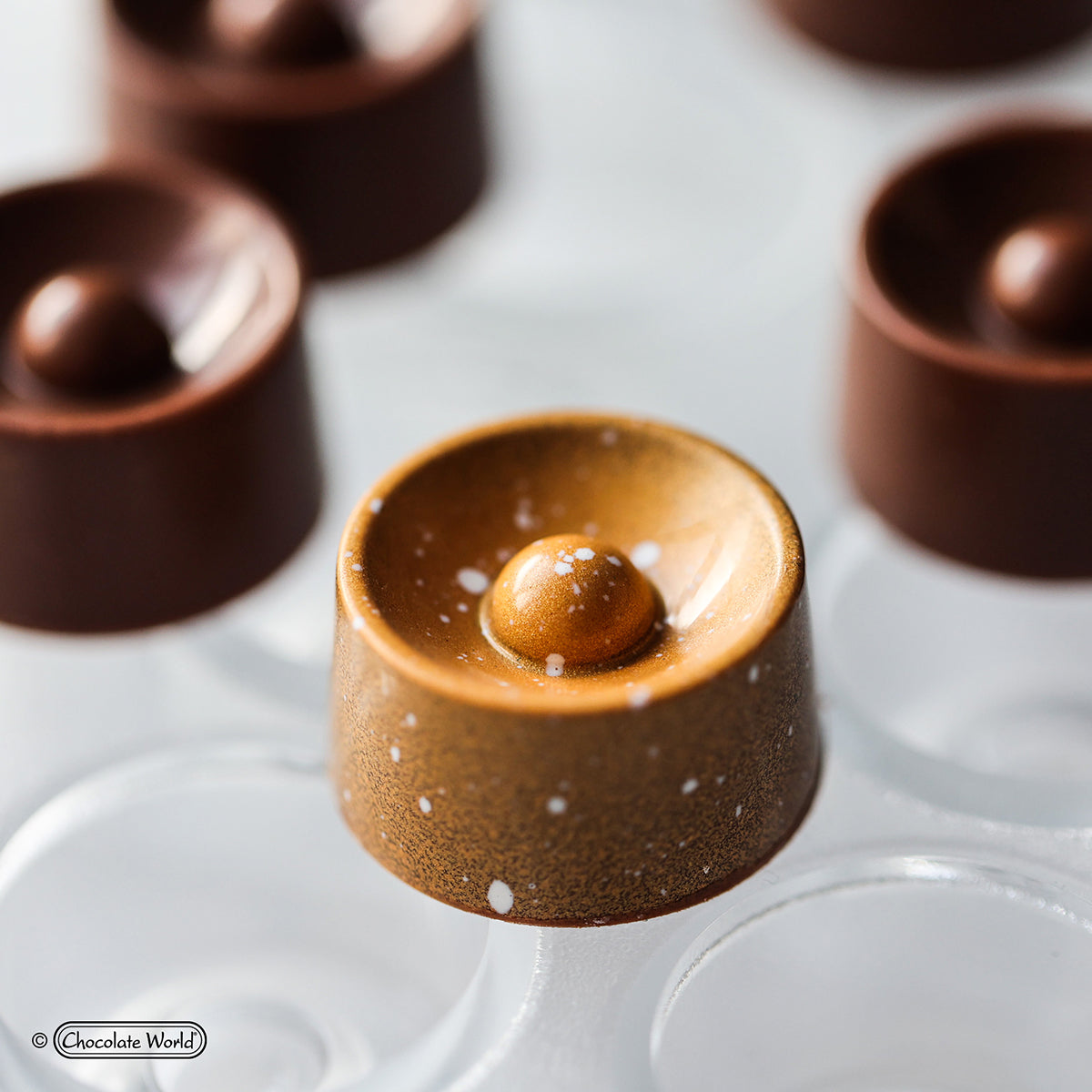
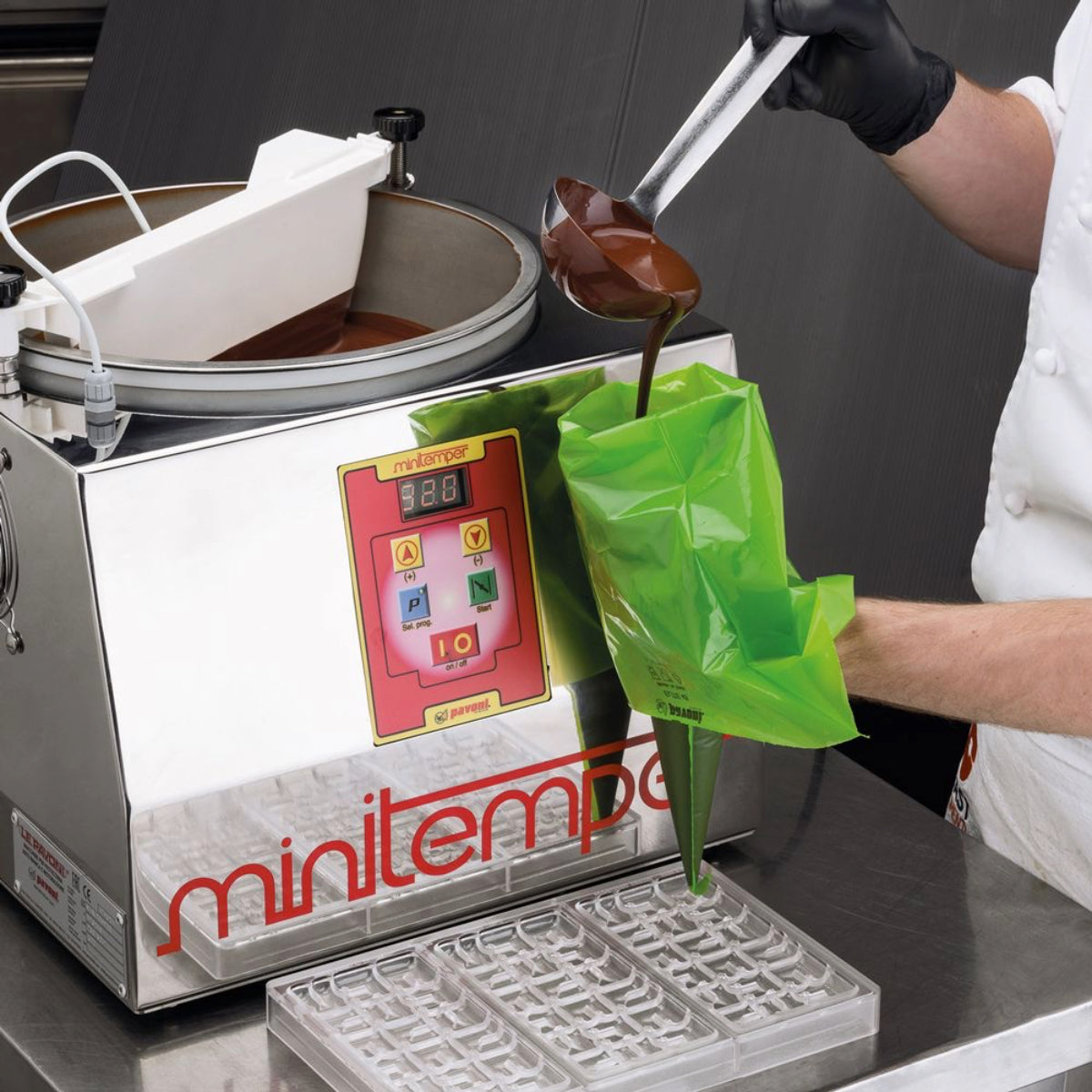
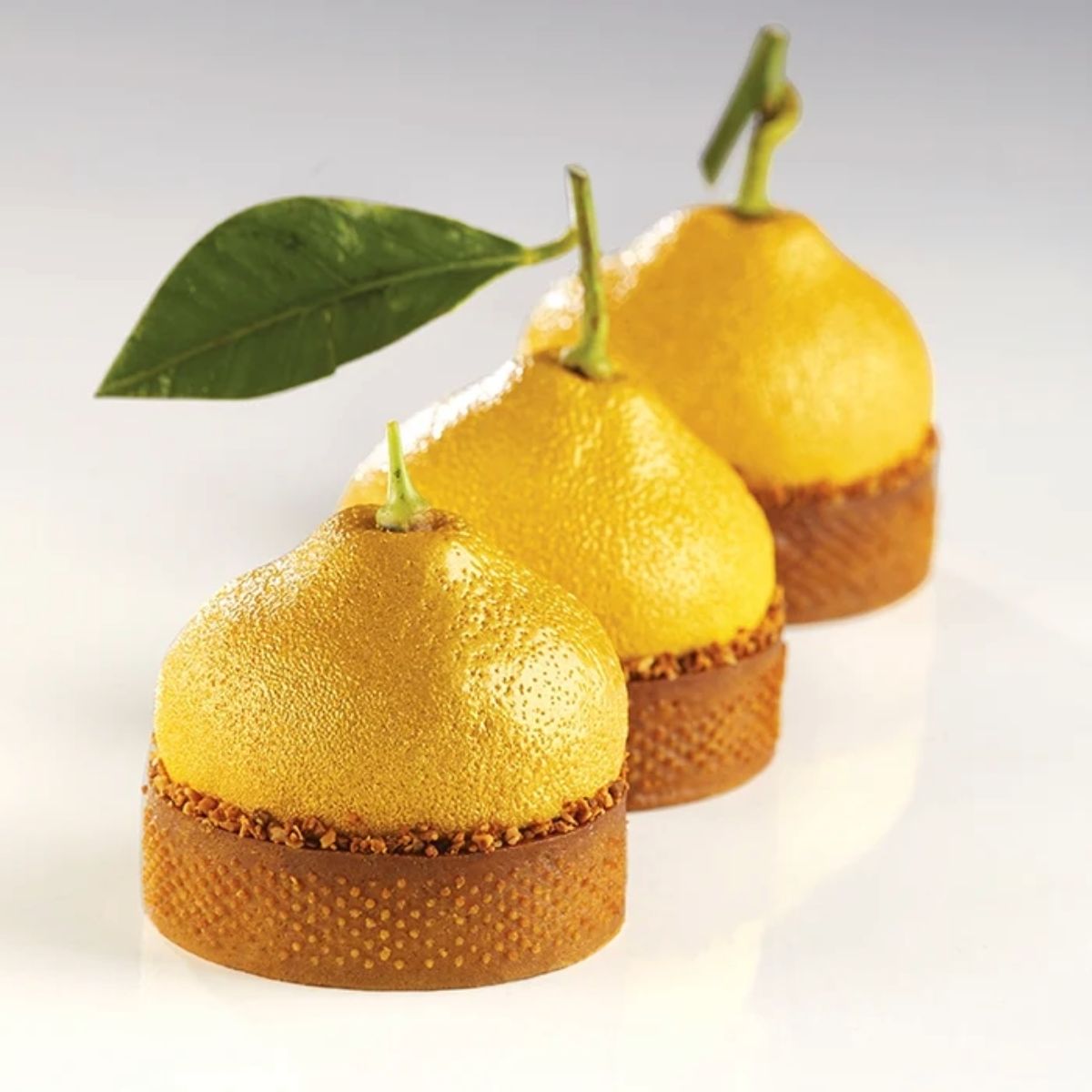
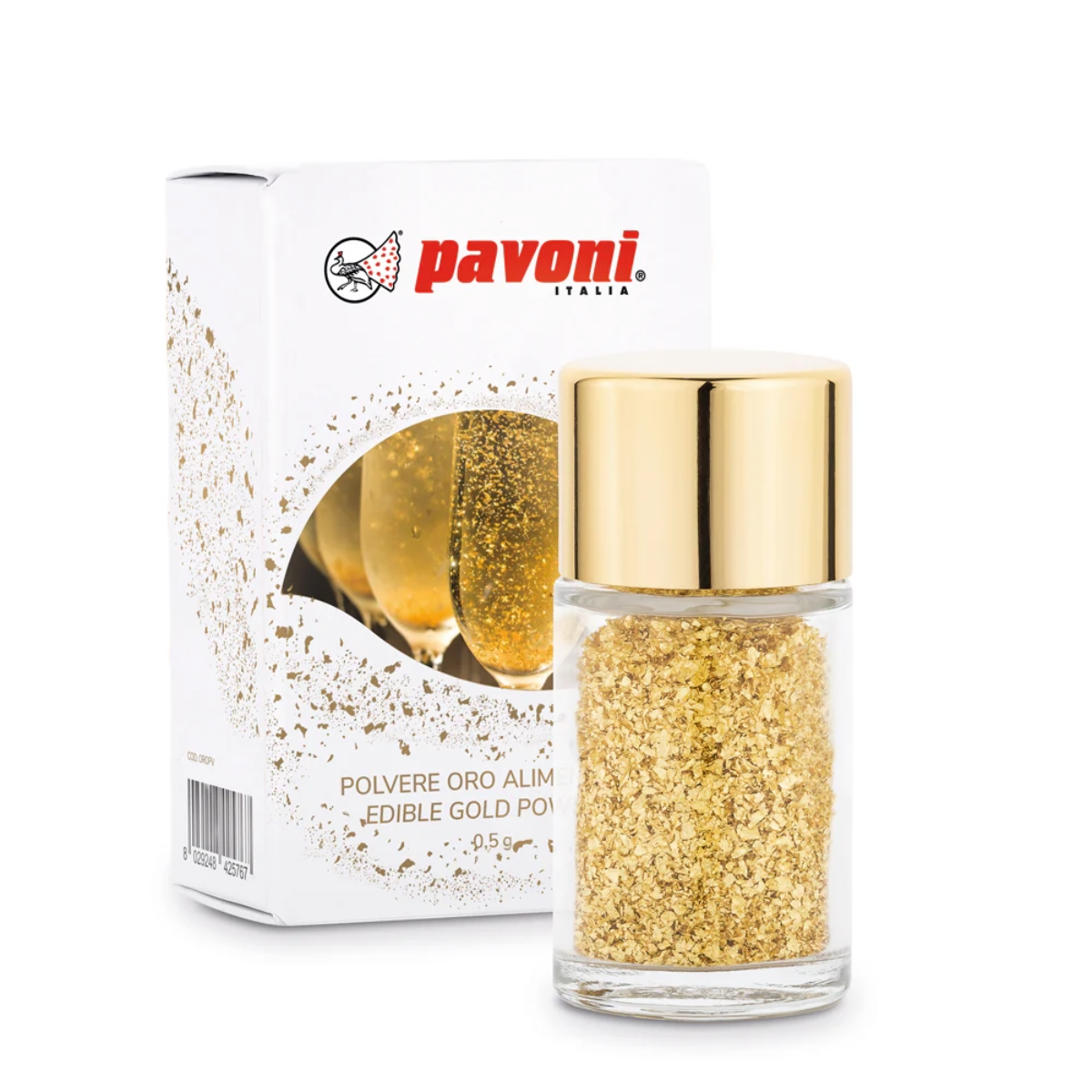

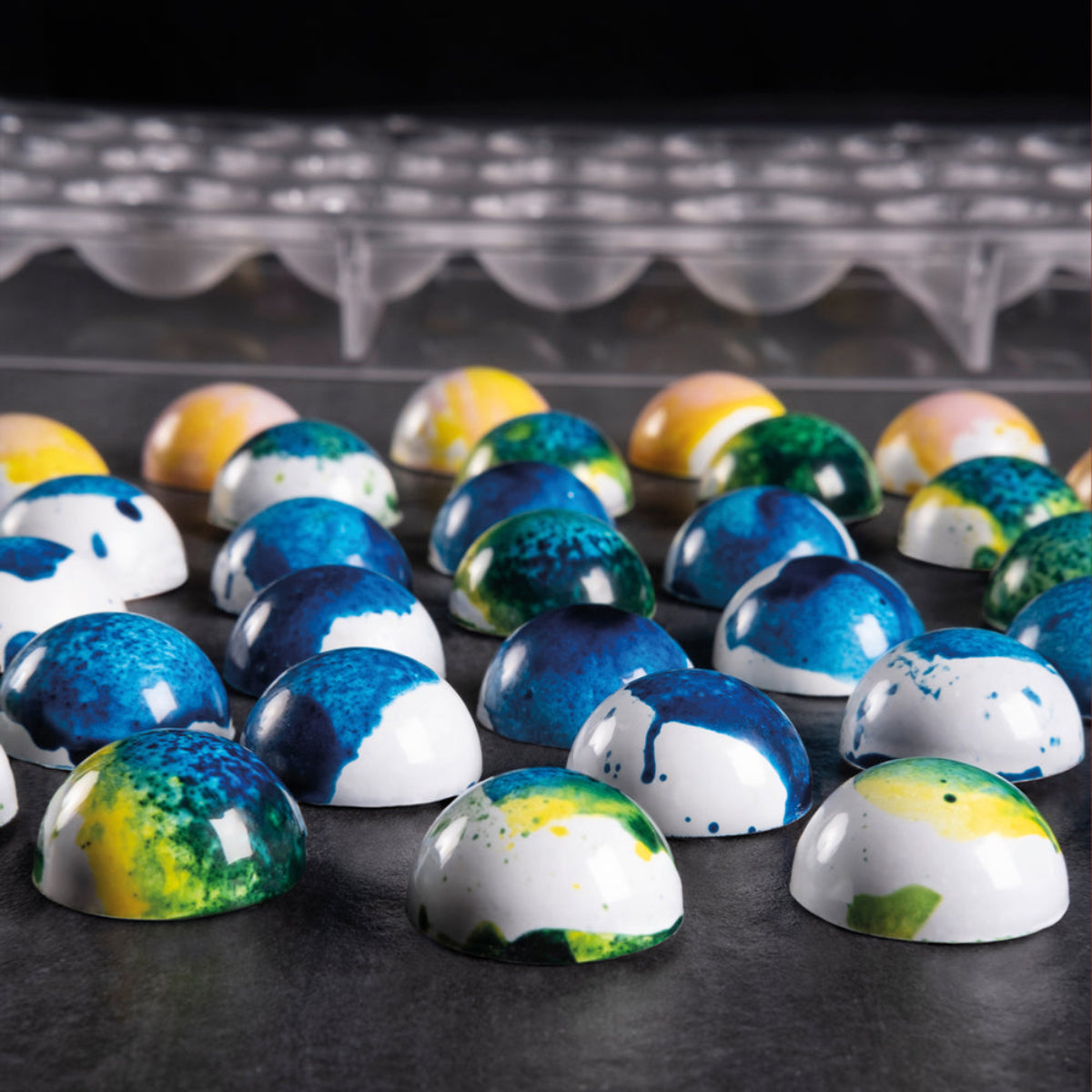



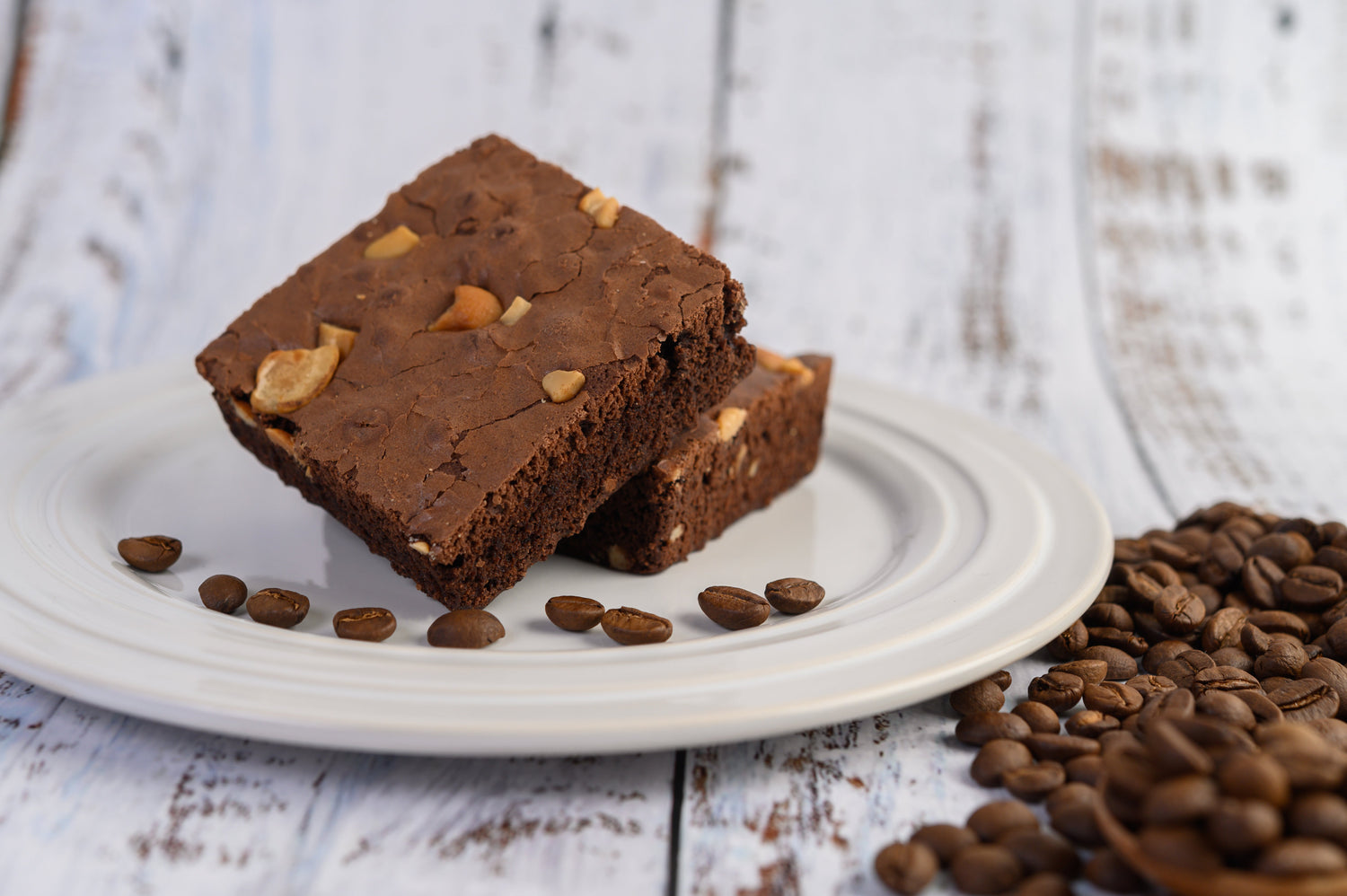
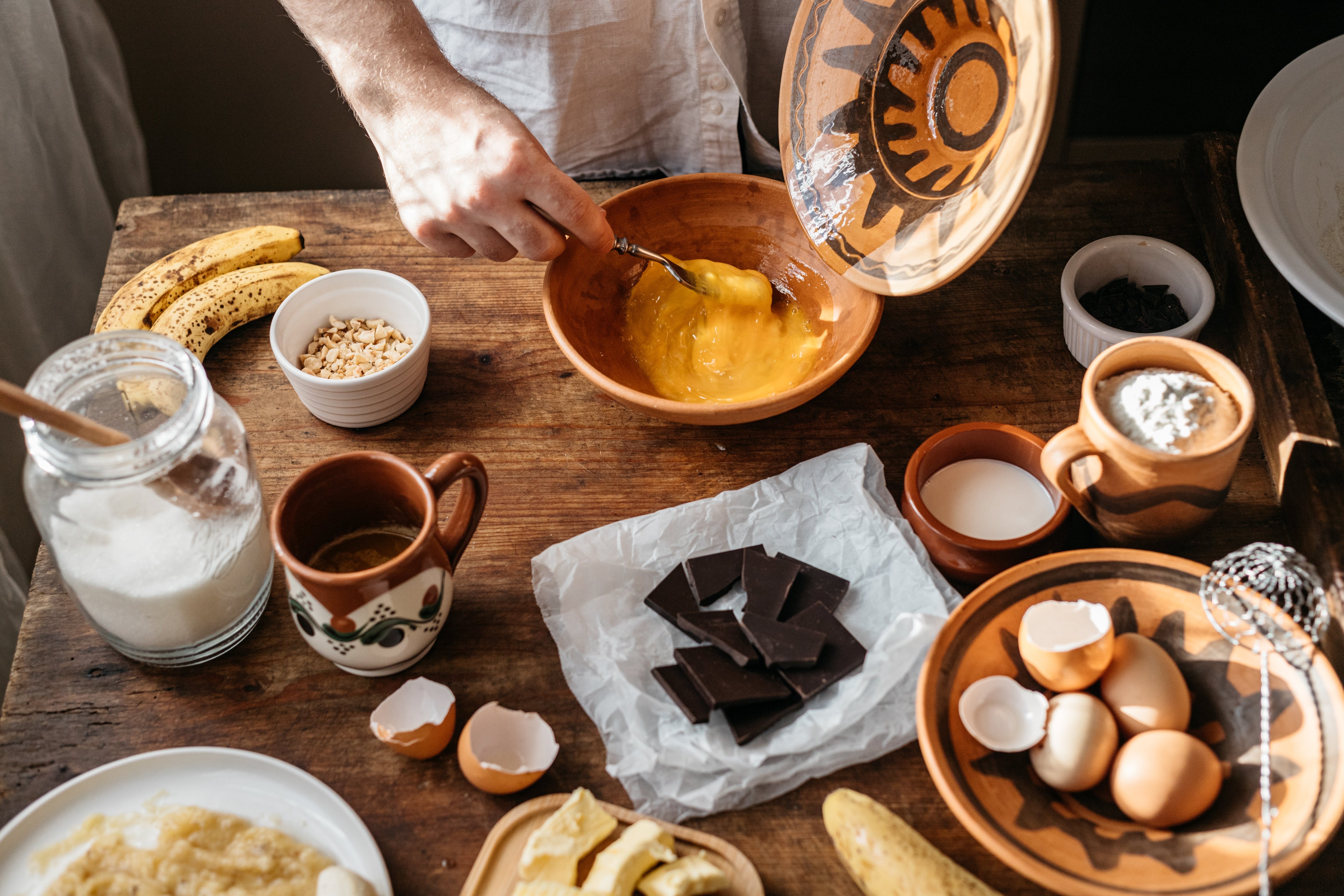
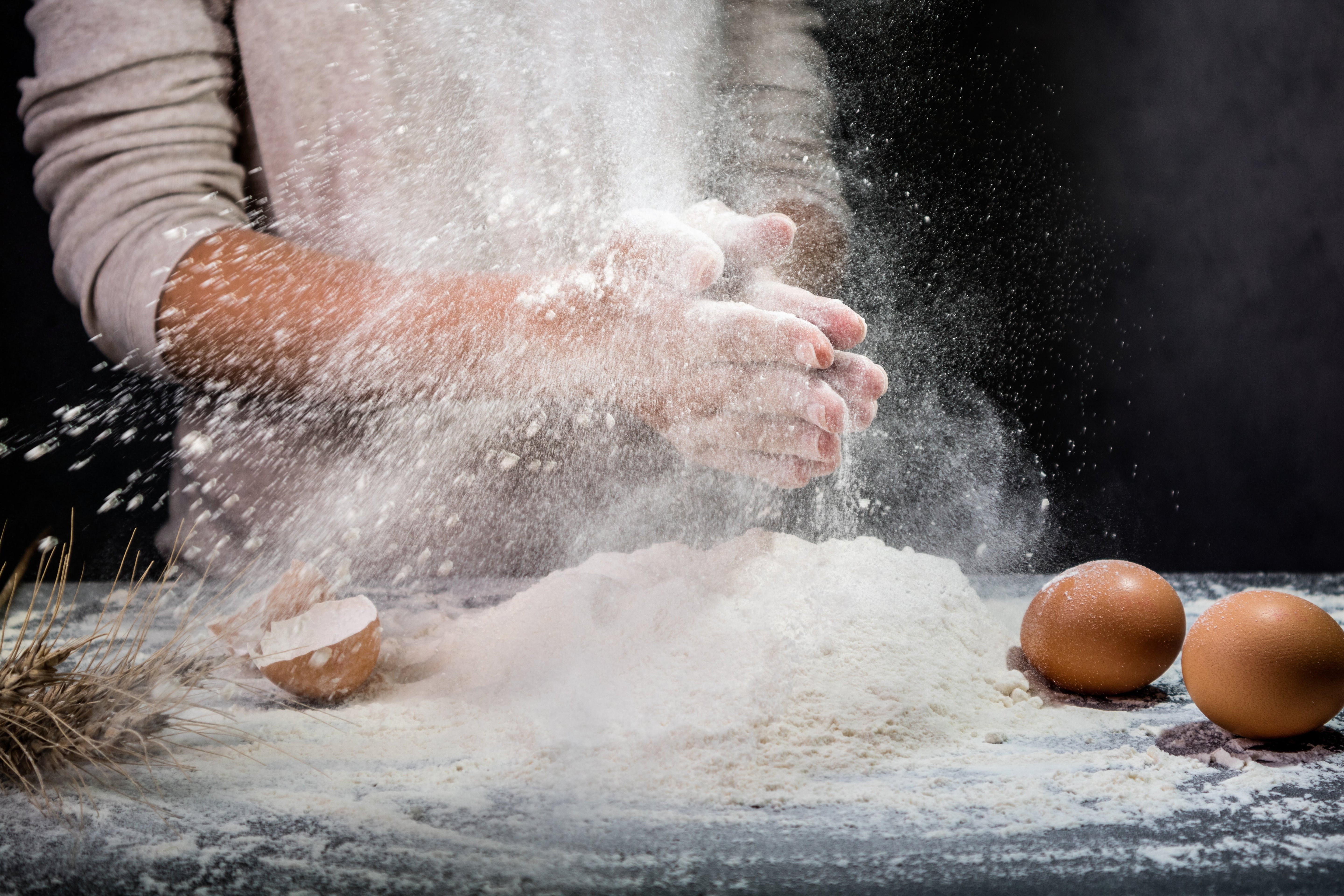























Laisser un commentaire
Tous les commentaires sont modérés avant d'être publiés.
Ce site est protégé par hCaptcha, et la Politique de confidentialité et les Conditions de service de hCaptcha s’appliquent.